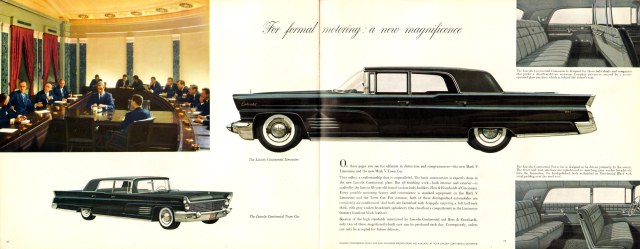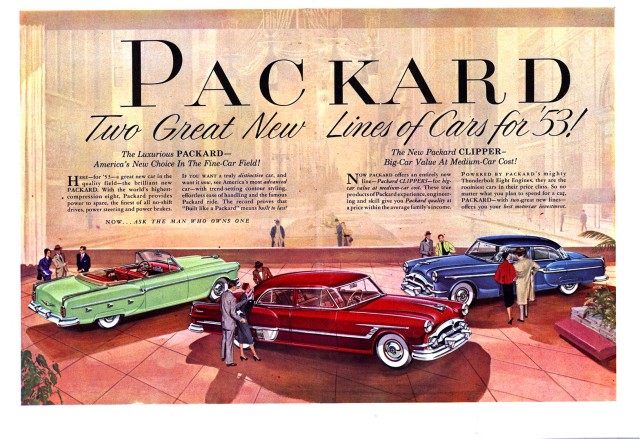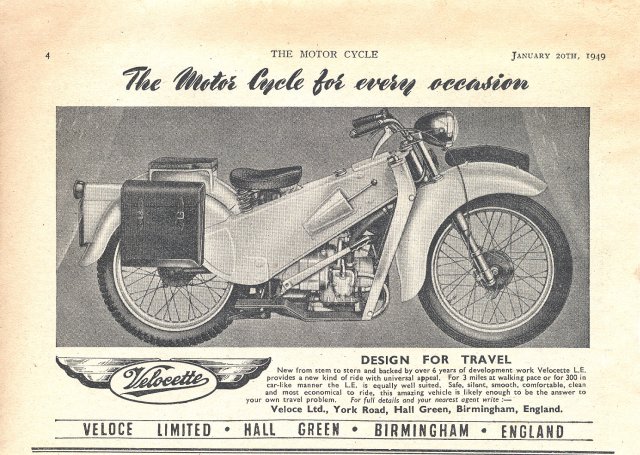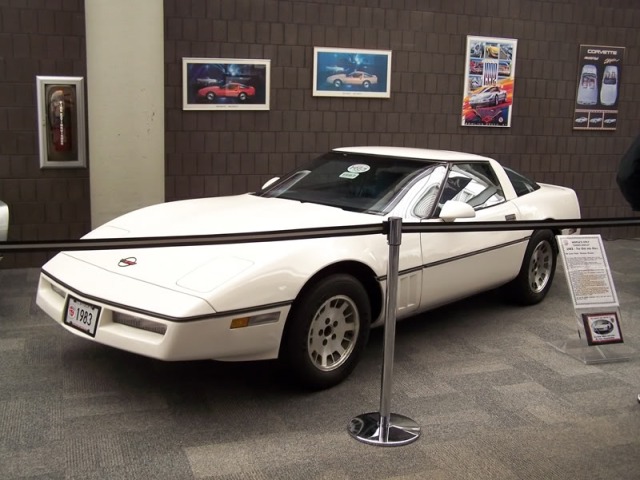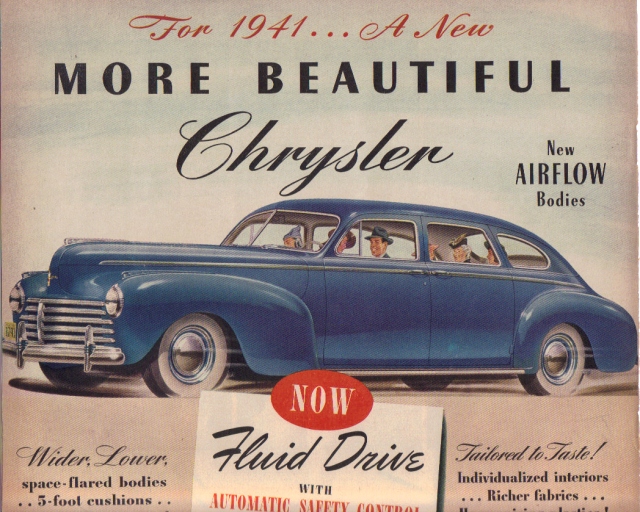Collector Motorcycle Insurance: The Triumph Tiger Cub
Collector Motorcycle Insurance: The Triumph Tiger Cub
Back in December 2013, we explored the evolution of the Triumph Bonneville classic motorcycle. While the Bonneville is an iconic antique vehicle, it’s not the only Triumph with fame. Intended to be a bike that served as an antidote to the fog of British two-stroke engines smoking up the streets, the T20 Tiger Cub was a bike that capitalized on the appeal of Triumph’s established muscle machines, the 498cc Speed Twin, Tiger 100, and 649cc Thunderbird. Unlike these bikes though, the Tiger Cub was lightweight with a commuter appeal.
The tiger cub was known for being a small motorcycle. Introduced in 1954 and in production for a little over a decade, the 200cc T20 Tiger Cub was designed by Edward Turner and launched at the Earls Court show in November 1953. The Tiger Cub competed well against the other small-capacity motorcycles of the time, such as those using Villiers two-stroke engines.
The earlier version of the Cub, derived from the 150cc Triumph T15 Terrier (1953-1956) with the same frame and forks, used the aforementioned bike’s plunger rear suspension frame. In 1957, this was updated to a more modern pattern of a rear-swinging arm with twin suspension units.
Even with its iconic nature, the Tiger Cub had its drawbacks. For example, in the earlier bikes the plain bearing big ends were prone to failure if the engine was revved hard before the oil was warm. A better oil pump was fitted in 1961, and the Cub received a complete new bottom end in 1962, which fixed that problem. The Cub also saw ignition problems during this time, but that too was fixed by 1963.
Although the Tiger Cub made many improvements throughout its existence, it’s development was somewhat short lived. Triumph ceased production of the Tiger Cub in 1968. The last model made was the T20 Super Cub.
No matter what type of classic or vintage motorcycle you own, we can insure it at Condon Skelly. Your vehicle will fall into the antique category if it is completely original and at least 25 years old. We insure many different types of antique cars, trucks, and motorcycles so we’ll be able to craft the perfect policy for your vehicle. Please contact us at (866) 291-5694 for more information today!

